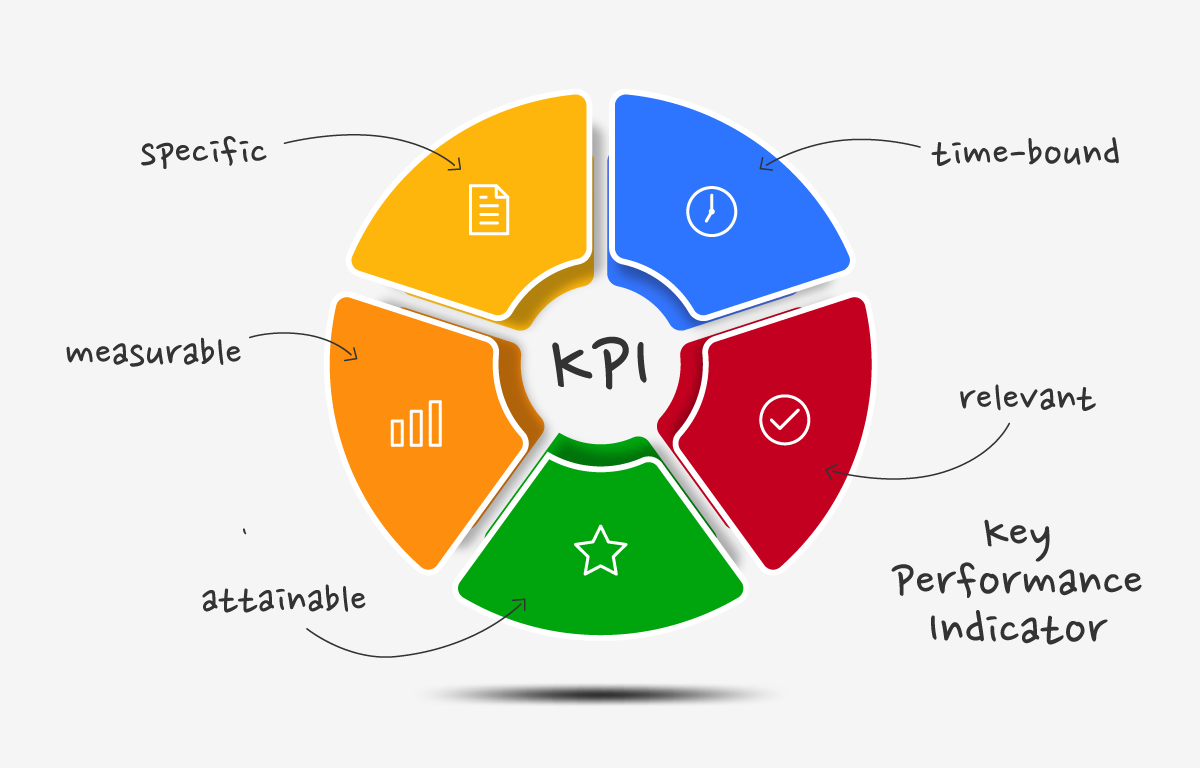Key performance indicators (KPIs) are quantitatively measurable values used to represent critical facts and business conditions in a clear, concentrated format. They serve as essential tools for informed decision-making, both internally and externally, by enabling management to evaluate complex organizational structures and performance at a glance.
Core Features of a KPI
-
Informational Character
KPIs are designed to provide insight into significant business facts and relationships, helping stakeholders form sound judgments. -
Quantifiability
KPIs must be measurable on a metric scale, ensuring that the underlying data can be captured, tracked, and analyzed over time. -
Specific Form of Information
KPIs condense complex processes into digestible metrics, offering executives and management a rapid and comprehensive overview of key performance areas.
Key Performance Indicator Systems
Because individual KPIs offer only limited insight, businesses utilize KPI systems—structured collections of interconnected indicators that provide a holistic view of organizational performance. These systems support planning, control, and coordination across multiple decision-making levels.
Types of KPI Systems
KPI systems differ based on how indicators relate to each other:
-
Empirical KPI Systems
Based on real-world observations and simplified models, these systems use empirically derived KPIs to support decision-making. -
Mathematically Linked KPI Systems
Systems like the DuPont model or ZVEI KPI system focus on mathematically connected KPIs. While often criticized for over-reliance on single metrics (e.g., ROI), these models also address areas like liquidity and operational efficiency. -
Systematic KPI Systems
These are goal-oriented systems that break down overarching business objectives into sub-goals (→ hierarchy). They map performance through a network of interdependent KPIs, typically without requiring mathematical linkage. A key example is the RL KPI system (profitability-liquidity).
Retrospective vs. Prospective KPI Applications
KPI systems can also be distinguished based on temporal structure:
-
Retrospective KPIs assess past performance at a specific point or over a past period.
-
Prospective KPIs project future trends, supporting proactive planning and strategic forecasting.
Functions and Benefits
KPI systems provide:
-
Informational clarity at different management levels
-
Reality modeling for business processes
-
Cross-functional coordination, by highlighting deviations from planned targets early
-
Strategic alignment, by linking metrics to overarching company goals
When designed effectively, KPI systems become more than just informational tools—they serve as early-warning systems, uncovering potential risks, inefficiencies, or negative interdependencies between departments.
« Back to Glossary Index





![15 Employee Offboarding Templates That Save Hours of HR Time [Free Downloads] 15 Employee Offboarding Templates That Save Hours of HR Time [Free Downloads]](https://i1.wp.com/www.hrcloud.com/hubfs/Header.png?w=150&resize=150,100&ssl=1)
